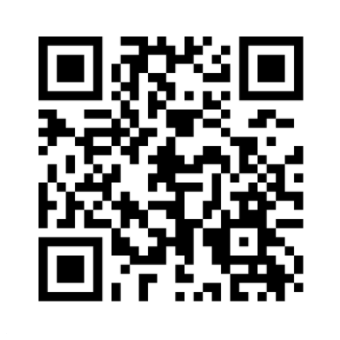Electrons in Disordered Media
Prof. V.F.Gantmakher
Corresponding Member RAS
The course deals with state-of-the-art concepts of electron behavior at low temperatures in disordered media such as highly doped semiconductors, amorphous metals, conducting materials in the vicinity of phase transitions. The structure of the course is dictated by the current instability and intense development of the field. The course is intended to introduce students to the basic concepts and ideas, formulation of problems and their solution approaches as well as to teach them to read and understand related scientific periodicals.
Curriculum
- Disordered high density electron systems. Liquid metals. Ziman theory.
- Muay rule for high resistivity materials. Resistance saturation in metals with strong electron-phonon interaction. Absence of Anderson localization in high density electron systems.
- Weak localization and quantum conductivity corrections. Optical analog of weak localization. Antilocalization.
- Electron-electron collision frequency in dirty limit. Electron-electron interference – Aronov-Altshuler effect.
- Role of electron energy in crystal symmetry: Peierls theorem, charge and spin density waves.
- Impurity band electron structure in light-doped semiconductors. Coulomb gap. Measurement of electron spectra using differential current-voltage characteristics.
- Physical aspects of percolation theory. Effective medium approximation. Problem of nodes and problem of associations. Percolation radius and percolation in random node system. Continual problems. Percolation thresholds. Critical indexes in the vicinity of percolation transition.
- Transitions between localized states. Types of hopping conduction: closest neighbors hop, state transitions with variable hop length. Mott law and Shklovsky-Efros law.
- Landauer one-dimensional system formula. Localization and role of correlation in such systems.
- Metal-insulator junction. Disorder-related transitions: Anderson model and structural disorder model. Mott transition. Minimum conduction in metals.
- Scaling theory of order-disorder transitions. Justification and statement of scaling hypothesis. Conduction in critical region in the vicinity of metal-insulator junction in three-dimensional systems. Specifics of quantum phase transition.
- One- and two-dimensional systems. Scaling and spin-orbital interaction.
- Granulated metals. Coulomb blockade and its role in metal-insulator junctions.
- Integer quantum Hall effect. Spectrum and dynamics of two-dimensional electrons in strong magnetic field. Mechanism of plateau formation.
- Edge channels. State density of two-dimensional electron gas in magnetic field. Quantum phase transition chain in magnetic field. Scaling diagram.




